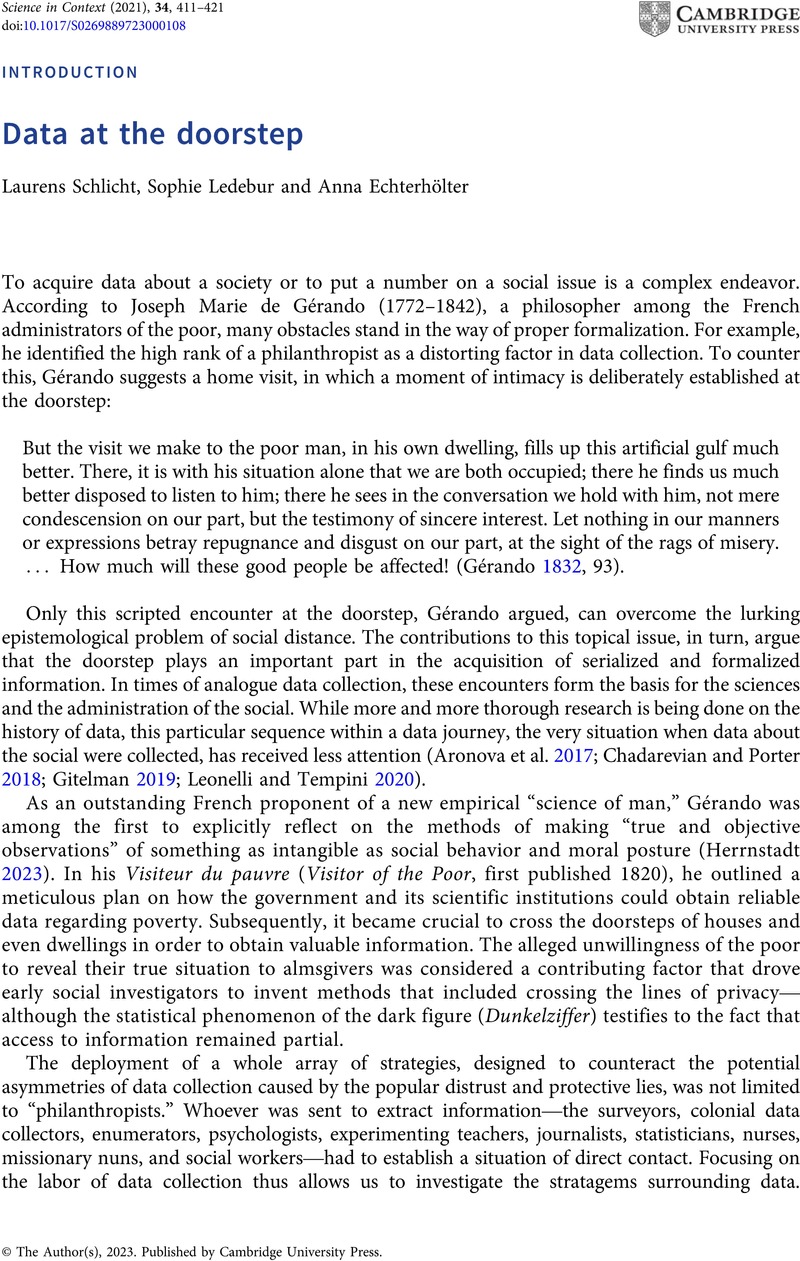Crossref Citations
This article has been cited by the following publications. This list is generated based on data provided by Crossref.
Sudmann, Andreas
Echterhölter, Anna
Ramsauer, Markus
Retkowski, Fabian
and
Schröter, Jens
2023.
Beyond Quantity.
Vol. 6,
Issue. ,
p.
33.




